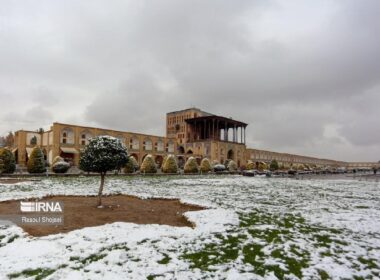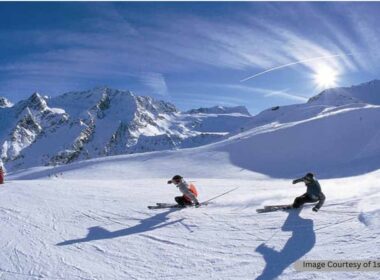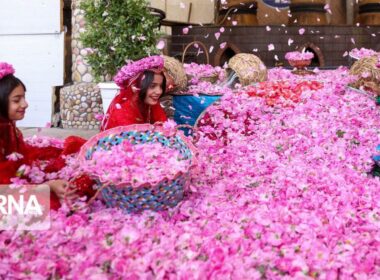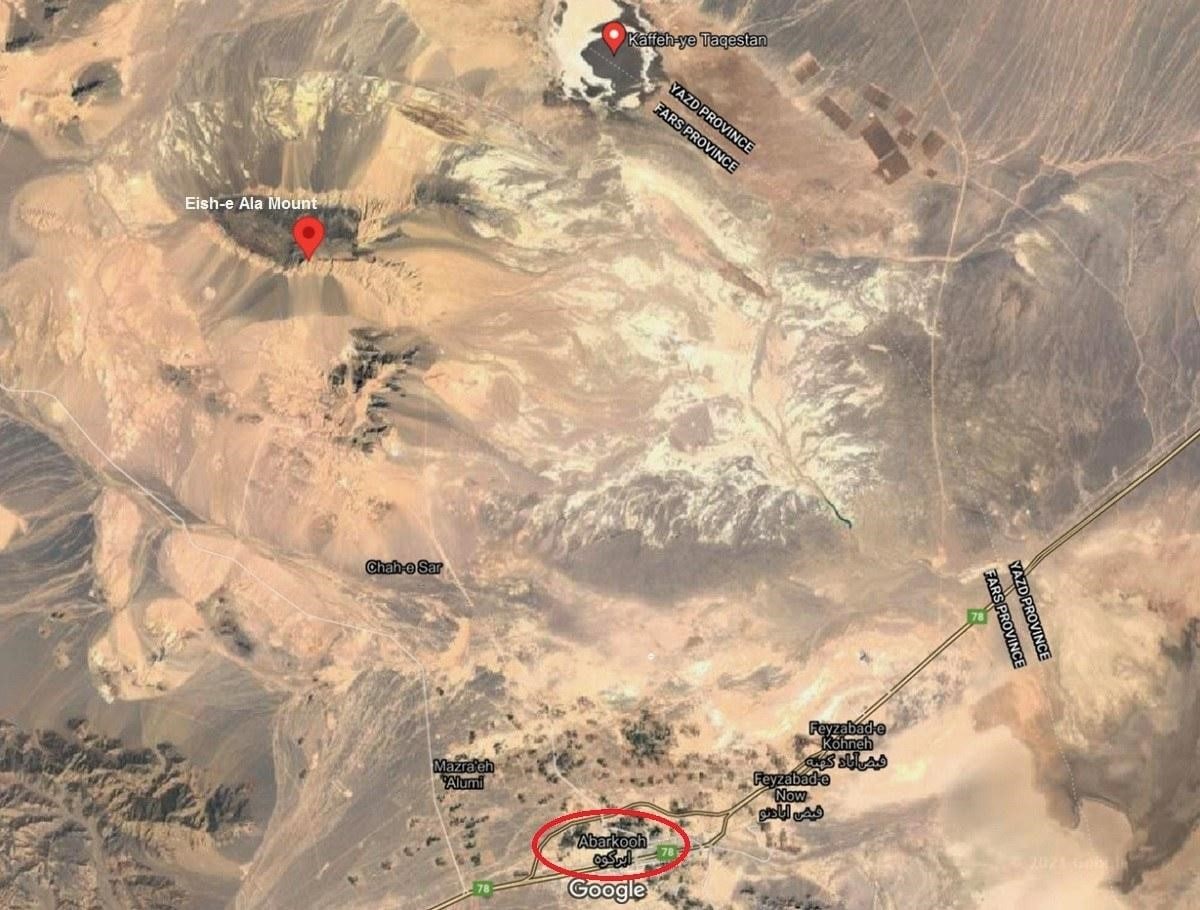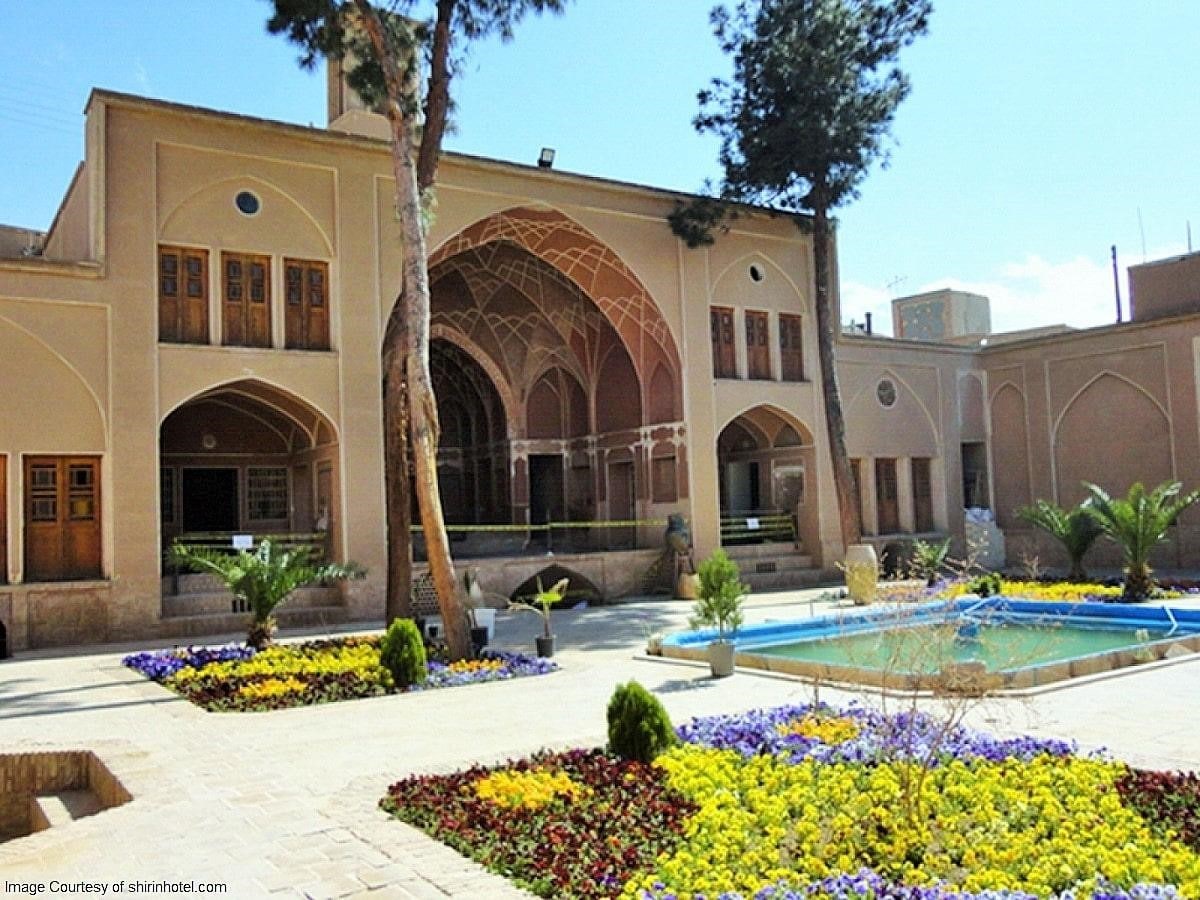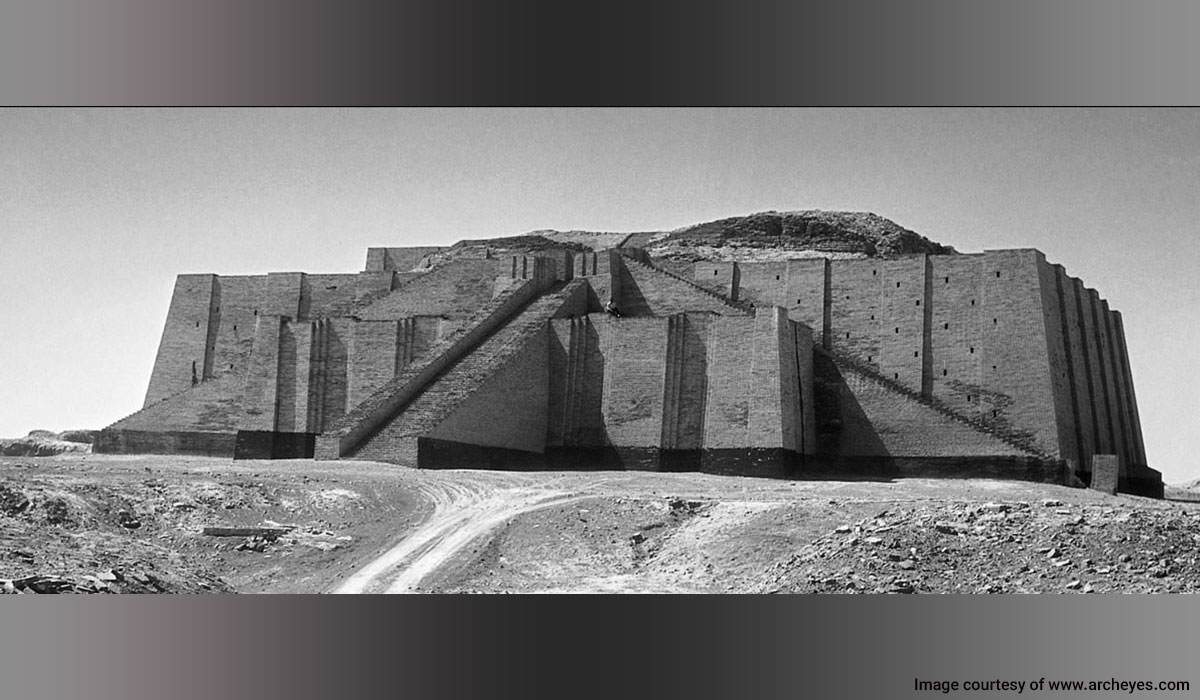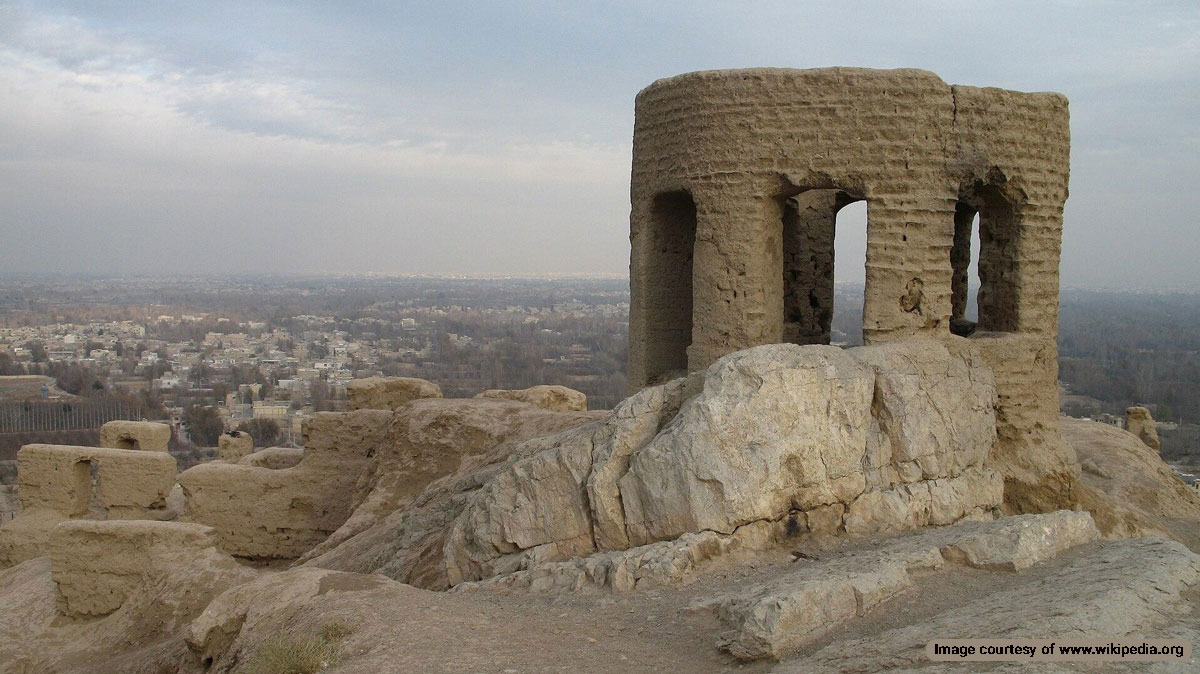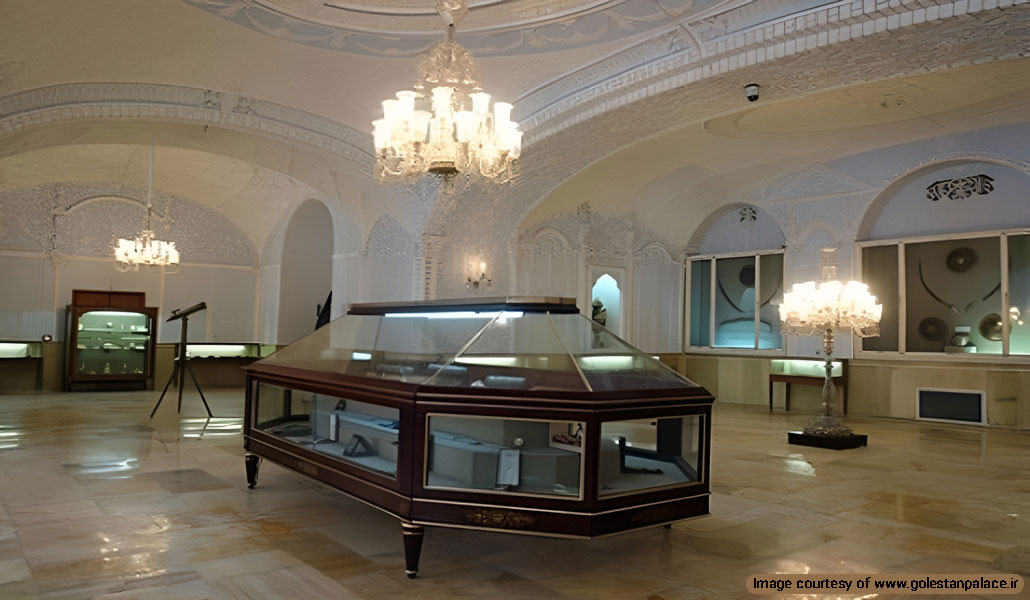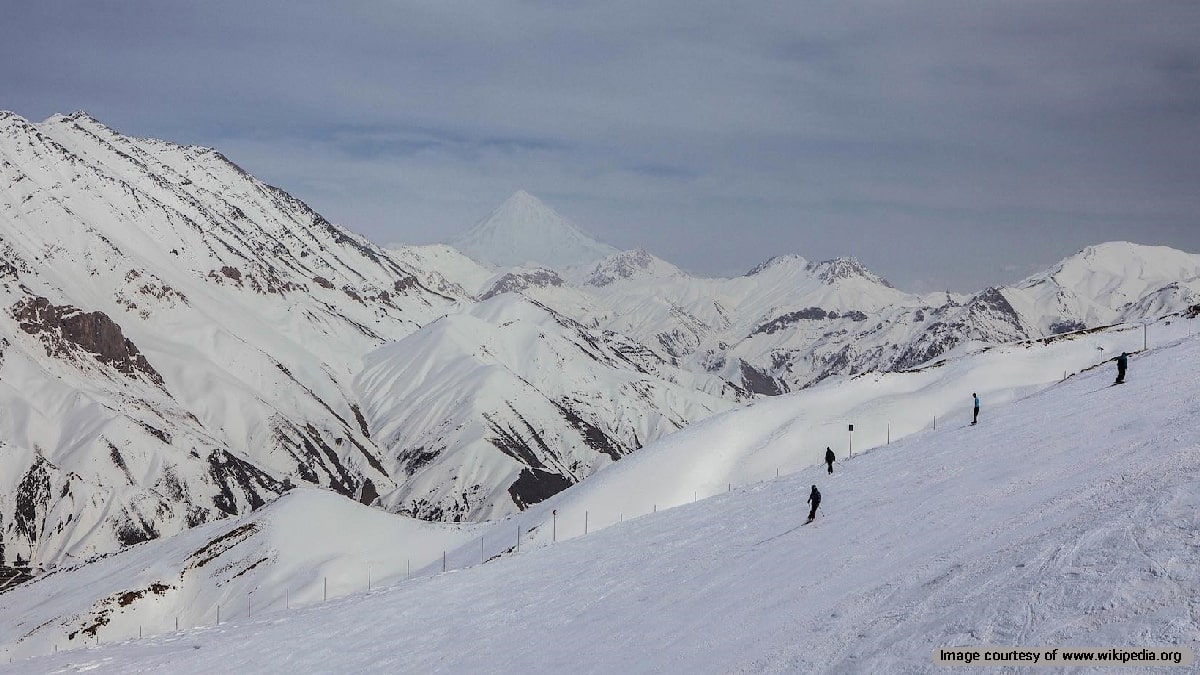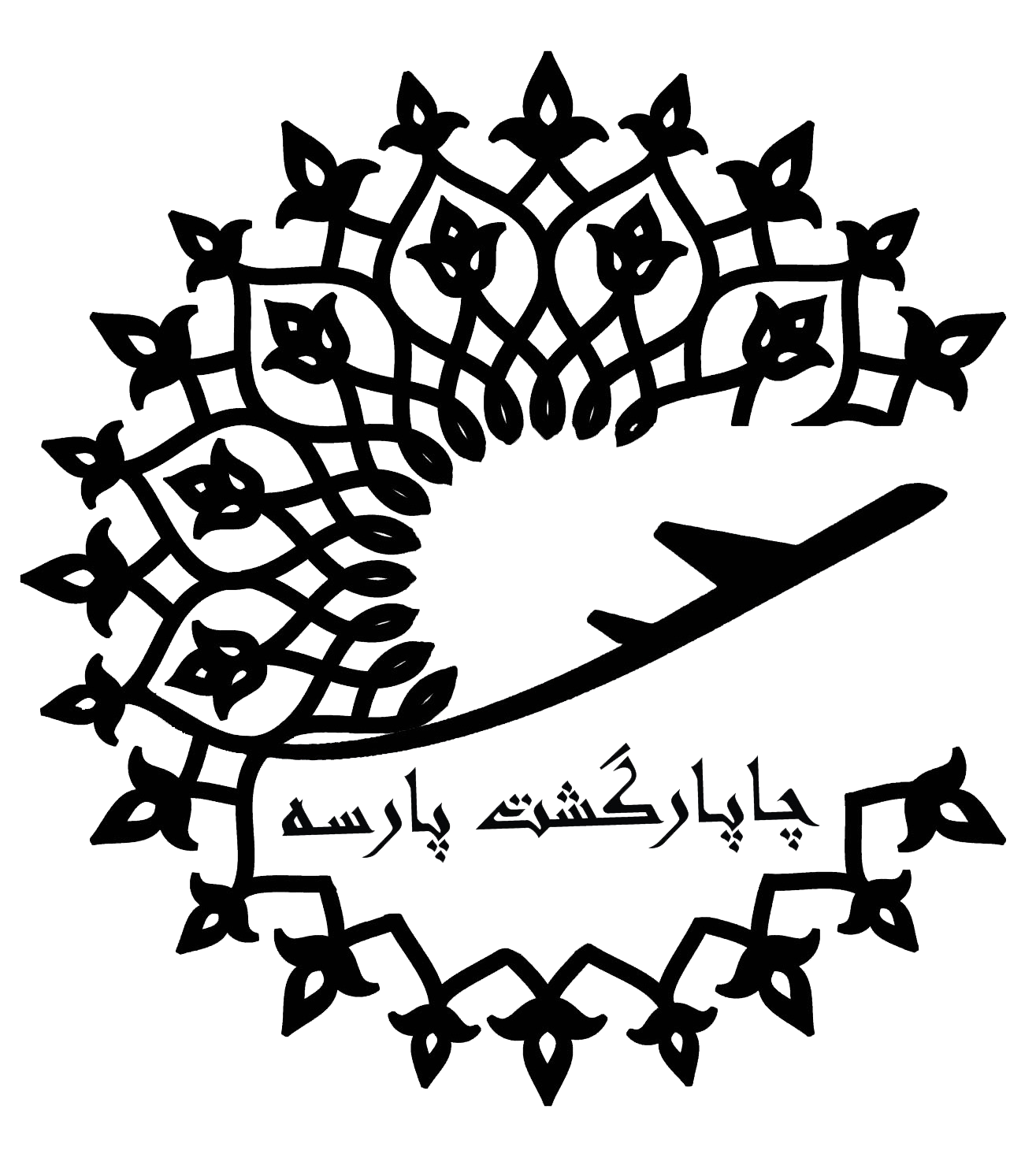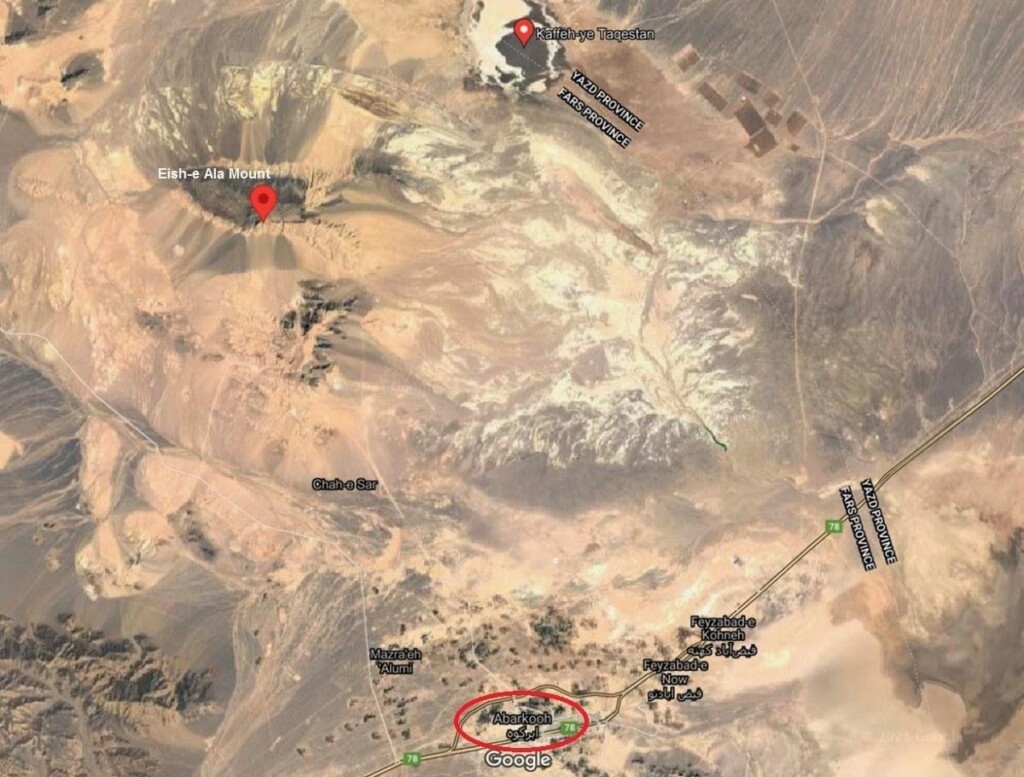
Habitats are unique geographical locations where different species of plants, animals, etc. cohabitate. If remained untouched, these locales could become the best tourist spots. The region of Kuh-e Eish-e Ala and Kafeh Taqestan is a natural habitat located near the city of Abarkuh. This area is located six kilometers north of Abarkuh and 140 kilometers southwest of Yazd City.
The region of Kuh-e Eish-e Ala and Kafeh Taqestan are listed as protected areas in Iran. Many animal species live in this area. Due to illegal hunting and the risk of extinction for these species, the Iranian Department of Environment has declared it a no-hunting zone. As of now, this area is under environmental protection.
Ahmadabad and Firoozabad villages are villages near the region. This area is a desert region with a hot and dry climate. For this reason, there are not many villages in its vicinity.
Features of Kuh-e Eish-e Ala and Kafeh Taqestan Region
The size of this area is about 110,590 hectares and it stands 1,475 to 2,377 meters above sea level. Eish-e Ala region is a mountainous area, with features such as mountains, plains, deltas, and plains. Different types of ornamental and medicinal plants can be cultivated in the region. This has made this place one of the most prominent natural attractions of Abarkuh.
The prominent features of this habitat that distinguish it from other areas include:
- Very little rainfall: the annual rainfall in this habitat is very low, around 50 mm. Winter and early spring are among the periods with the highest records of rainfall.
- Relatively low humidity: Since the climate of the region is hot and dry, the relative humidity of the air is also low. The relative humidity of the area is less than 15%.
- Salt-rich soil: This area has no potential for common agricultural practices due to its salty soil.
- Very high evaporation and transpiration: most of the open water reserves in the area are rapidly evaporated because of desert weather conditions.
- Absence of rivers: In addition to the fact that there is very little rainfall in the area of Kuh-e Eish-e Ala and Kafeh Taqestan, no rivers flow through the area. Water in the area is supplied through springs and underground water. Also, reservoirs have been built by the Department of Environment and Natural Resources in order to reinforce the water supply.
Kuh-e Eish-e Ala and Kafeh Taqestan Vegetation
Since most of the area consists of plains, we see a variety of plant species in this area. On the other hand, because of both the low rainfall and being located in the desert region, its plant species are unique. We have more diverse vegetation in the Eish-e Ala area than in other neighboring areas.
The dominant type of vegetation in this area is the Dramneh or Mugworts plant. In addition to that, the plant species Ghich or Zygophyllum, Gavan or Milkvetch, Anforeh or Asafoetida, fig, wild almonds, Jefneh or Gymnocarpos, etc. grow in the Eish-e Ala region.
In the Taqestan region, the common plants are the species of Ashnan (Seidlitzia Rosmarinus, a form of wild rosemary) and Gaz (Tamarisk tree). In the past, the “Tagh” or Haloxylon plant was abundant in this area. That’s why it is known as Taqestan.
Because of rapid temperature fluctuations, the area of Kuh-e Eish-e Ala and Kafeh Taqestan is considered one of the habitats with ecological impediments. Most of the vegetation in the area has disappeared over the years. Today, we see little to no congestion of vegetation in this area.
Animal Species in The Area
Various species of animals have been sighted in the area of Kuh-e Eish-e Ala and Kafeh Taqestan in Abarkuh. They include Persian onager, Chinkara, and Gazelles. Today, gazelles are the only species seen in small numbers. Other animal species in this area include goats, rams, sheep, wolves, foxes, etc.
Kafeh Taqestan and the fields around it are the habitats of a special species of migrating birds called Houbara or Bustards. Every year, these birds spend a period of their life in this area.
Also, endemic species including Iranian ground jay and native species of Crowned sandgrouse, Black-bellied sandgrouse, and more have been sighted in this area. Other birds that have chosen the area of Kuh-e Eish-e Ala and Kafeh Taqestan as their habitat include the golden eagle, Red-billed chough, White wagtails, and rock doves.
Do Not Miss Visiting This Beautiful Natural Habitat
Abarkuh natural habitats are among the immaculate sights of Iran. Although because of the presence of domesticated and wild animals, these areas should be visited with caution and a local guide.
If you are traveling here on an Iran tour package from a travel agency, do not miss visiting the area of Kuh-e Eish-e Ala and Kafeh Taqestan.
Destination Iran emphasizes environmental protection and strongly recommends studying the responsible tourism Charter before visiting Iran’s natural attractions.
Where Is Kuh-e Eish-e Ala?
This natural habitat is located in Yazd province and 6 kilometers north of Abarkuh. You can see the location of this mountain below:
Frequently Asked Questions About Kuh-e Eish-e Ala
To find answers to your other questions, you can contact us through the comments section of this post. We will answer your questions as soon as possible.
What are the geographical limitations of the Kafeh Taqestan habitat?
- From the north: Tal-e Loran, Kafeh Namak until Shamsai agricultural well.
- From the south: two kilometers of Abarkuh special economic zone, Chah Sattar, the edge of Ahmadabad village, the beginning of Firoozabad bridge.
- From the east: the end of Shamsai well, the edge of Jeepro (Jeep Road), Kafeh Taqestan
- From the west: Firoozabad bridge, dirt road leading to Kuh-e Eish-e Ala
What animals live in the Kuh-e Eish-e Ala and Kafeh Taqestan no hunting zone?
This area is the habitat of gazelles, Persian onagers, Chinkara, wild goats, goat, ram, sheep, wolves, and foxes, and birds such as the golden eagle, falcon, partridge, See-see partridge, Rock doves, Bustard, and Iranian ground jay.
What is the status of vegetation in this area?
In this region, Mugworts are the most common form of vegetation. Other plants include Tamarix, Gavan or Milkvetch, Wild Almond, Fig, Siyahtaq or Haloxylon ammo dendron, Rishboz (Aruncus) Ashnan, Ghich or Zygophyllum, Anforeh or Asafoetida, Jefneh or Gymnocarpos and more.


